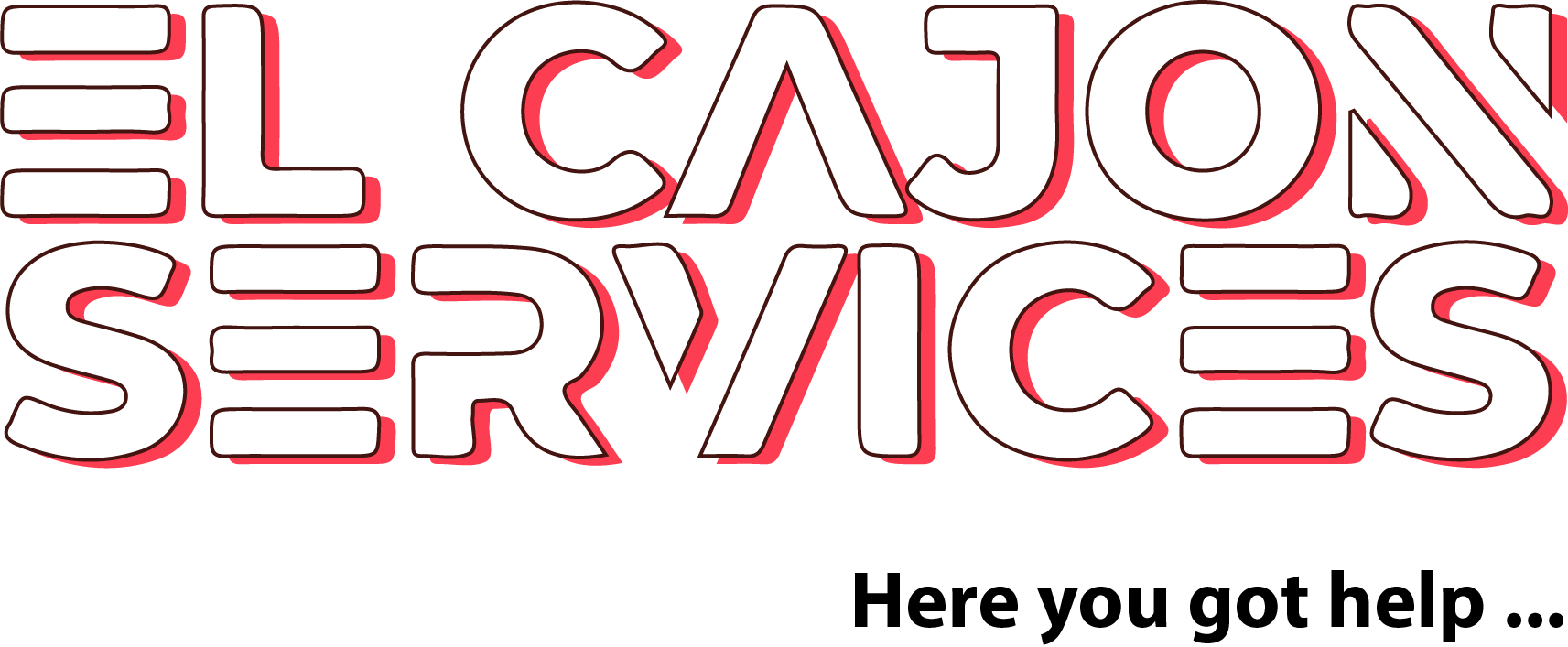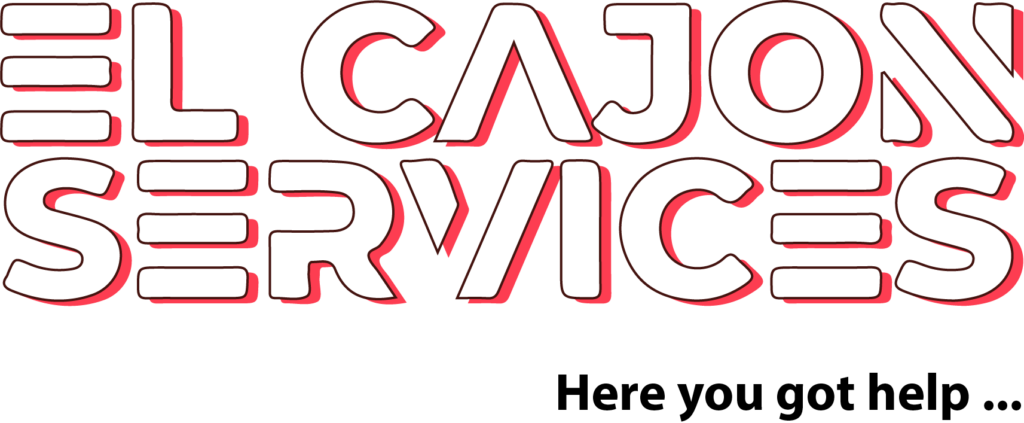Your Local SEO and Digital Marketing Experts in San Diego County
It’s Monday morning, the start of your work week. You’ve put the finishing touches on that big report, prepared for that imminent presentation. But it’s likely that there’s one aspect of the job you’re not ready for: the marathon of sitting at your desk all day.
Time to start training. Because while it might not be earthshaking news, it bears repeating: Prolonged desk work can lead to a host of musculoskeletal issues, from annoying aches and pains to injuries.
Even if your work space is ergonomically correct — and even if you exercise regularly in your free time — excessive desk work (considered three or four continuous hours) can lead to weakened, tight muscles, joint stiffness, inflammation in the muscles and tendons and tight fascia (connective tissue). Add it all up, and the result is typically some level of discomfort.
Left untreated, muscles that are stressed and deconditioned can lead to painful soft tissue problems, such as tendonitis and carpal tunnel syndrome, as well as chronic lower back pain. You can also become at risk for bulging or herniated discs, pinched nerves and other issues.
Desk work can also lead to biomechanical imbalances. Weakened glutes from sitting, for example, can lead to stress on the knees and lower back; tired hip flexors can alter pelvic movement, leading to lower back pain.
Which is concerning seeing as sitting for work is both on the rise and can put us at risk for other serious health issues, says Stella Volpe, president of the American College of Sports Medicine.
“We know that there are more Americans now that have sedentary jobs than ever in the past,” Volpe says. “The more we sit, the greater risk we have of diabetes, obesity and cardiovascular disease.”
Blame our sitting-related woes on the advent of furniture, says David Raichlen, a USC evolutionary biologist who studies sedentary behavior and exercise.
Before chairs with a back and arm rests debuted as a status symbol among ancient Egyptians about 5,000 years ago, he says that humans mostly kneeled or squatted for about 2 million years. Those resting postures require light muscle activity, but when the body is fully supported by a chair or a couch, it turns off that activity in the body parts being supported by the furniture, Raichlen says. Prolonged inactivity can then lead to muscle atrophy and other problems.
“From an evolutionary standpoint, the human body hasn’t yet adapted to furniture,” Raichlen says. “It never had to deal with completely inactive muscles for long periods of time until very recently.”
But the good news is you can train for long-distance sessions at your desk by working out your neck, your wrists, your lower back, even your feet and toes. These “exercise snacks,” as trainers call them, don’t require a trip to the gym, or equipment, or even much time.
They’re not meant to replace regular exercise, but they will — if done regularly — prepare your body for the challenge that is desk work by stretching and strengthening your muscles, taking pressure off your joints and reducing stiffness and inflammation in the area — all of which may alleviate pain and prevent new injuries.
“We’re designed to be hunter-gatherers, not to wiggle our fingers on a keyboard for eight hours straight,” says Dr. Joshua T. Goldman, a UCLA sports medicine physician. “We need to build up strength, for endurance purposes, to help those body parts tolerate that activity.”
“The human body hasn’t yet adapted to furniture. It never had to deal with completely inactive muscles for long periods of time until very recently.”
— David Raichlen, USC evolutionary biologist
We spoke to exercise physiologists, sports medicine physicians, personal trainers, physical therapists and others to devise a short, five-minute exercise routine for six key regions of the body. We’ll roll out one routine a week — starting with the head and neck area — for six weeks, until you have a complete full-body workout.
Each exercise is purposefully simple, meant to take 30-60 seconds. And each routine lasts about five minutes or less in total. They’re ideally done throughout the day, so as to promote mobility and circulation, bringing blood flow and nutrients to the muscles and tendons, and increasing lubrication in the joints. Set a timer. Take a five-minute break to execute one routine. Then get back to work.
Still too busy? Do just one exercise, for 30-60 seconds, then continue working. If you get through one routine by day’s end, consider it a win. Focus on a different routine the next day.
“It all adds up,” Volpe says. “Our society often thinks that if you’re not running a marathon, you’re not doing enough. But the additive effect is still good for you.”
A routine for your head and neck
The neck is a common area in which to develop pain from desk work. Looking at a computer monitor, we often jut our neck forward rather than tucking in our chin, as we should. That pushes our cervical column out of alignment and creates excess stress on the bones and discs of the cervical spine. It shortens and tightens muscles in the neck, which can lead to pain and cause tension headaches.
Do these exercises to help stretch and strengthen the muscles that support your head and neck. They’re demonstrated by trainer Melissa Gunn, of Pure Strength LA, whose team trains desk workers on how to protect their bodies through exercise.
- Clasp your hands behind your head and gently tuck your chin down toward your chest. Hold 10 seconds. Do five times.
- Slowly tilt your head to the left, bringing your ear toward your shoulder. Hold for 10 seconds, then raise it slowly back up to the starting point. Switch sides. Do three times on each side. To increase the stretch, after bringing your ear to your shoulder and holding, turn your head and look down toward your armpit on the same side, then return to starting position.
- Place your back flat against a wall and stand with your feet about eight inches from the wall, with knees slightly bent. Your arms should be flush against the wall, with palms facing outward. Tuck your chin slightly and push your head gently against the wall. Slide your arms up the wall, as if doing a snow angel. Go as far as you can with your arms and hands flush against wall. Stop when they begin to pull away from the wall — typically when palms are between shoulder height and head height. Do 10 times.
- Stand up straight and align your head, shoulders, hips and ankles — most people jut their neck forward without knowing it, creating static tension there, so consciously move your head back so it’s above your shoulders. Slowly roll your head in a circle, first to the left, clockwise, all the way around; then to the right, counter-clockwise. Do 3 times on each side.
- Stand up straight and align your head, shoulders, hips and ankles. Your arms should be beside you and your palms facing outward. Then pull your arms back but no further than the back pockets of your pants — without lifting your shoulders — and draw your shoulder blades together. Hold for 2-5 seconds. Do 5-10 times.
(Exercises came from Dr. Joshua T. Goldman, UCLA sports medicine; Melissa Gunn, Pure Strength LA; Tom Hendrickx, Pivot Physical Therapy; Vanessa Martinez Kercher, Indiana University-Bloomington, School of Public Health; Nico Pronk, Health Partners Institute; Niki Saccareccia, Light Inside Yoga.)










